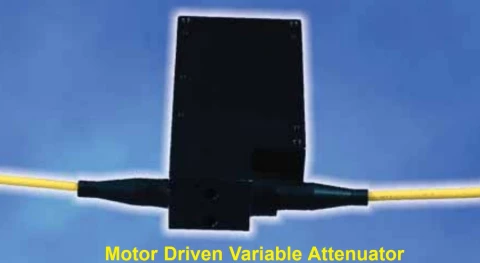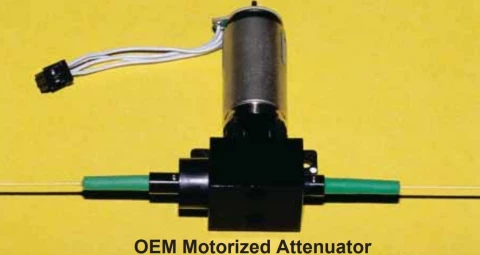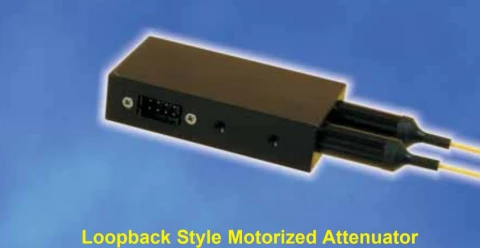Description
The Electrically Controlled Variable Fiber Optic Attenuator offered by OZ Optics is a compact and low-cost device designed for precise control of optical signal attenuation. It features a stepper motor-driven mechanism, high power handling capabilities, high speed, and a wide attenuation range from 350nm to 2050nm.
With low polarization dependent loss (PDL) and wavelength dependency, as well as low insertion loss and back reflection, this attenuator ensures excellent performance. Its rugged and compact design makes it suitable for various applications, and it can be calibrated for up to five wavelengths.
Electrically Controlled Variable Fiber Optic Attenuator
Specifications
| Number Of Channels: | Single Channel |
|---|---|
| Operating Wavelength Range: | 350 – 2050 nm |
| Dynamic Attenuation Range (max): | 60 dB |
| Insertion Loss (max): | 1 dB |
| Return Loss (min): | 40 dB |
| Attenuation Resolution: | 0.01 dB |
| Polarization Dependent Loss: | 0.05 dB |
| Polarization Mode Dispersion: | < 0.01 ps |
| Speed: | ≤ 100 ms |
| Maximum Optical Power: | 2 W |
| Computer Interface (MC Version Only): | RS232, I2 C or SPI |
| Polarization Extinction Ratio (for PM Fiber): | 30 dB |
| Weight: | 250 g |
| Power Supply Voltage: | 12 V |
| Power Supply Current (Motor Running): | 150 mA |
Features
- Stepper motor driven for precise control
- High power handling
- High speed operation
- Wide attenuation range (350-2050nm)
- Low PDL and wavelength dependency
- Low insertion loss and back reflection
- High resolution
- Rugged and compact design
- Calibratable for up to five wavelengths
- Wide wavelength range
- Flat wavelength response
- Blocking attenuation technique for single-mode and polarization maintaining fibers
- Neutral density filter for multimode fiber applications
- Computer interface (-MC Version)
- Polarization maintaining fiber versions available
- Latching operation
- Customizable designs available
- Low cost
Applications
- Active gain equalization in DWDM systems
- Local power monitoring and feedback attenuator settings
- Bit error testing
- Troubleshooting receivers and other active fiber optic components
- Simulating long-distance fiber transmission
- Design of fiber optic transmitter/receiver circuitry
- Power meter linearity checks
- Power setting and power control
- OCT systems
Frequently Asked Questions
What is the Electrically Controlled Variable Fiber Optic Attenuator used for?
The Electrically Controlled Variable Fiber Optic Attenuator is used for precise control of optical signal attenuation in various applications such as active gain equalization in DWDM systems, local power monitoring and feedback attenuator settings, bit error testing, troubleshooting receivers and other active fiber optic components, simulating long-distance fiber transmission, design of fiber optic transmitter/receiver circuitry, power meter linearity checks, power setting and power control, and OCT systems.
What are the features of the Electrically Controlled Variable Fiber Optic Attenuator?
The Electrically Controlled Variable Fiber Optic Attenuator features stepper motor driven for precise control, high power handling, high speed operation, wide attenuation range (350-2050nm), low PDL and wavelength dependency, low insertion loss and back reflection, high resolution, rugged and compact design, calibratable for up to five wavelengths, wide wavelength range, flat wavelength response, blocking attenuation technique for single-mode and polarization maintaining fibers, neutral density filter for multimode fiber applications, computer interface (-MC Version), polarization maintaining fiber versions available, latching operation, customizable designs available, and low cost.
What type of fibers are used in the polarization maintaining components and patchcords of the Electrically Controlled Variable Fiber Optic Attenuator?
In general, OZ Optics uses polarization maintaining fibers based on the PANDA fiber structure when building polarization maintaining components and patchcords. However, OZ Optics can construct devices using other PM fiber structures. We do carry some alternative fiber types in stock, so please contact our sales department for availability. If necessary, we are willing to use customer supplied fibers to build devices.
What is the difference between the singlemode and polarization maintaining (PM) attenuators and the multimode attenuators of the Electrically Controlled Variable Fiber Optic Attenuator?
The singlemode and polarization maintaining (PM) attenuators of the Electrically Controlled Variable Fiber Optic Attenuator utilize a novel blocking style attenuation technique, while the multimode attenuators use a variable neutral density filter to minimize mode dependent losses.
What is the PC version of the Electrically Controlled Variable Fiber Optic Attenuator?
The PC version of the Electrically Controlled Variable Fiber Optic Attenuator uses a reliable stepper motor that can be controlled by an external driver. The basic model provides the user with a simple way to control the attenuator using a computer interface (-MC Version).
Similar Products

MEMS Variable Optical Attenuator
Sichuan Ziguan Photonics Technology co.,Ltd
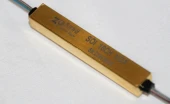
SOI high speed varaible optical attenuator 1/6/48-channel option
Sichuan Ziguan Photonics Technology co.,Ltd
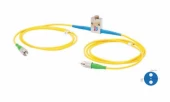
Polarization Maintaining Mechanical Variable Optical Attenuator 1030nm
DK Photonics
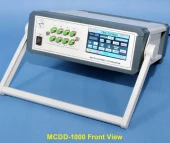
Benchtop Digital Multichannel Attenuator
OZ Optics

Multichannel Electrically Controlled Variable Attenuator
OZ Optics
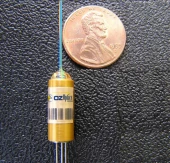
MEMS Variable Optical Attenuators: Single and Multi-Channel
OZ Optics
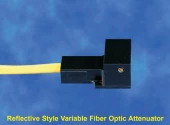
Variable Fiber Optic Attenuator - Reflective Style
OZ Optics
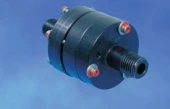
Fixed Neutral Density Attenuators - Expanded Beam Style
OZ Optics
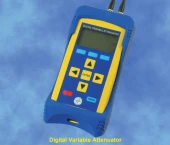
Digital Variable Attenuator
OZ Optics
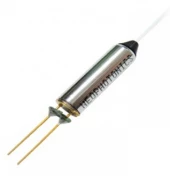
MEMS Variable Attenuator
Pure Photonics
Thank You!
Your inquiry has been received.
Create an account by adding a password
Why create an account?
- Auto-complete inquiry forms
- View and manage all your past messages
- Save products to your favorites
- Close your account anytime — no hassle
